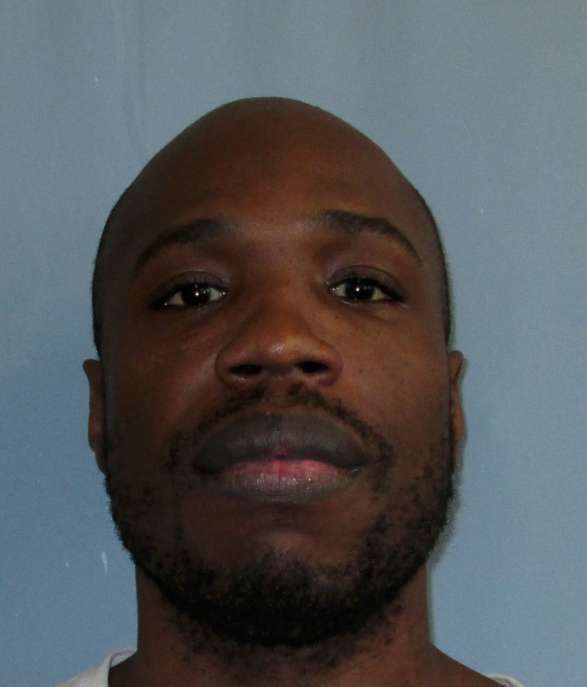James Brownfield Alabama Death Row
James Brownfield was sentenced to death and remains on Alabama Death Row for a triple murder. According to court documents James Brownfield would murder Brenda McCutchin, his brother-in-law, Latham McCutchin, and his sister’s 3-year-old grandson, Joshua Hodges. James Brownfield would be arrested, convicted and sentenced to death James Brownfield 2021 Information Inmate: BROWNFIELD, JAMES BEN … Read more








